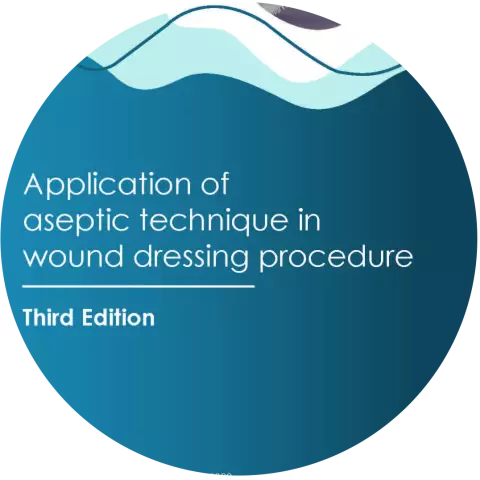- Author Curtis Blomfield [email protected].
- Public 2023-12-16 20:44.
- Last modified 2025-01-23 17:01.
Wounds are usually called mechanical damage to the skin, as well as the tissues and internal organs located under it. Of course, each of us is familiar with this phenomenon. Who did not get bruises and abrasions in childhood? Who has not applied a plantain leaf to an accidental scratch? What child did not have torn off knees, forever smeared with brilliant green? At that time, we could not even imagine that wounds are a complex subject of medical science, which has absorbed a huge number of their varieties. There is even a whole classification of wounds. They are distinguished by the nature of the damage, by the presence of microbial flora, by the presence of complicating factors. In order to understand this issue, it is necessary to tell in more detail about the views of modern medicine on the nature of wounds.
What are the classification of wounds and their characteristics?
Wounds inflicted on a person can vary greatly in many ways. For example, we can compare an operating wound and a knife wound received in a street fight. It is clear that the characteristics of both damage will be completely different. In the first case, the possibility of enteringinfections. Surgical wounds are applied under sterile conditions. In the second case, the probability of microbial contamination is high. The surgical wound, as a rule, has a cut character. A stab wound can be both cut and stab. In addition, the degree of risk of possible complications also differs.

During the operation, the surgeon strictly controls the depth, width of the incision and the amount of damaged tissue. A spontaneous stab wound can affect not only the skin, but also muscle tissue, as well as internal organs of a person. As a result, internal bleeding may open with the penetration of blood into the chest or abdominal cavity. This already poses a serious danger to life. As you can see, there are a lot of signs that distinguish one wound from another. This is the basis for dividing them into types. In most cases, the classification of wounds is based on the nature of damage to human tissues.
Incised wounds
Traumatology has accumulated a lot of knowledge about the methods of responding to various injuries. In the medical literature, as a rule, the characteristics of each wound, classification, first aid in a particular case are displayed in detail. Incised wounds are usually referred to as the most common injuries. Tissues near the incision are less damaged than with other types of wounds. Therefore, they retain their viability, are more resistant to infections and heal faster. Due to the wide exit, there is no strong accumulation of pus inside the wound. This fact plays a positive role in the diagnosis:
- easy to identifycut depth,
- damaged tissue available for inspection.
Stab wounds
Damages of this type are characterized by a deep wound channel with a relatively small size of the outer hole. Diagnosing damage to internal organs is much more difficult than with lacerations. In addition, it is difficult to determine the presence of internal bleeding. In the case of infection, normal healing is greatly complicated. Purulent secretions do not have sufficient outlet, and adverse inflammatory processes occur.

Bruised wounds
No classification of wounds is complete without this species. In practice, injury is extremely common. These wounds usually do not bleed heavily. Vessels along the edges of the wound are crushed over a large extent. This leads to the rapid formation of blood clots.
Gunshot wounds
Without the inclusion of this variety, the classification of wounds would be incomplete. With such injuries, the situation is often complicated by the presence of a foreign body in the patient's body. If the damage is through, then its characteristics will be similar to those of a stab wound.






